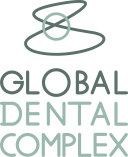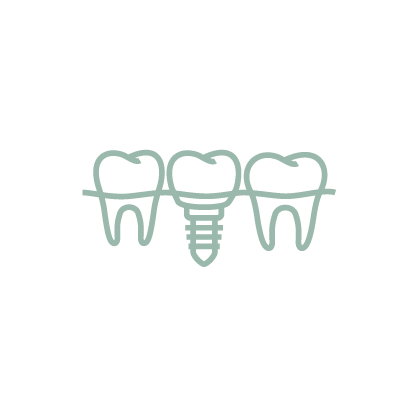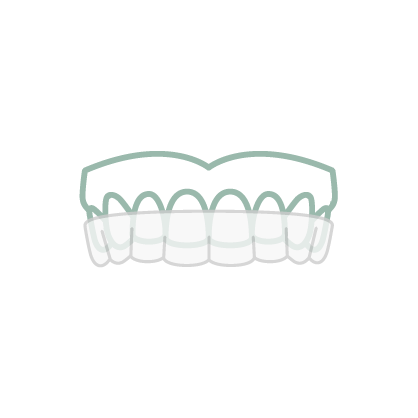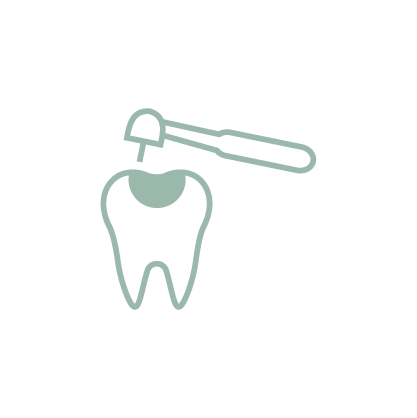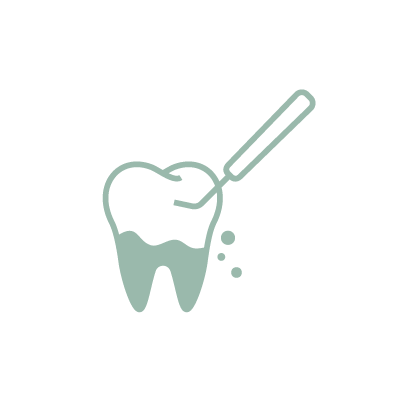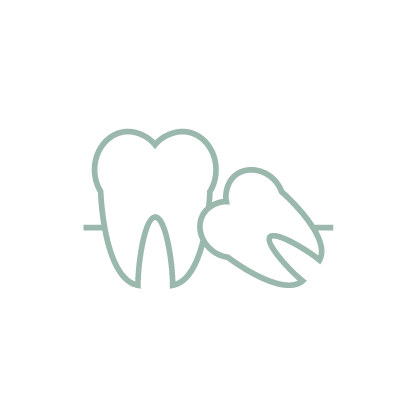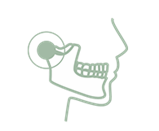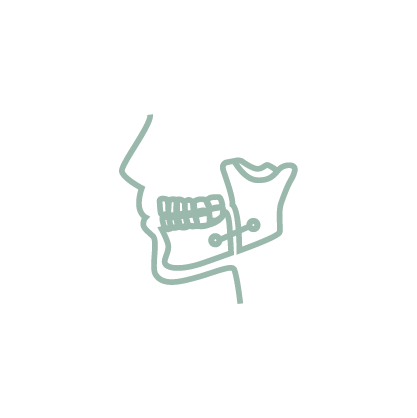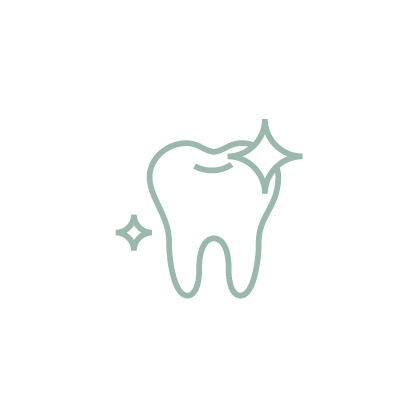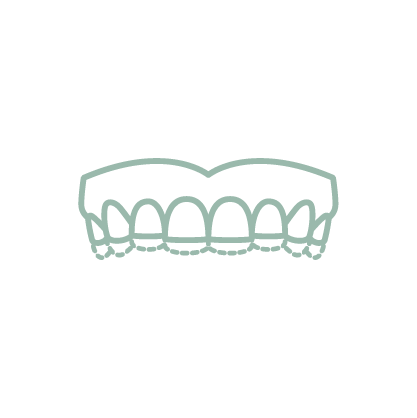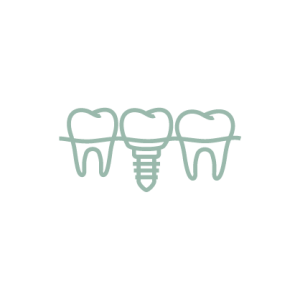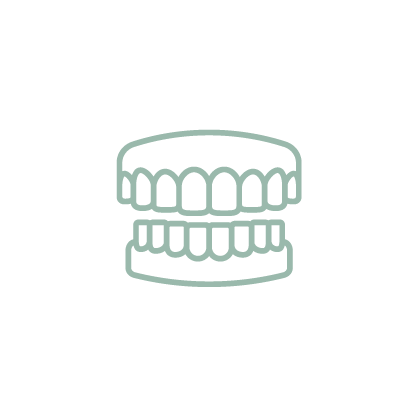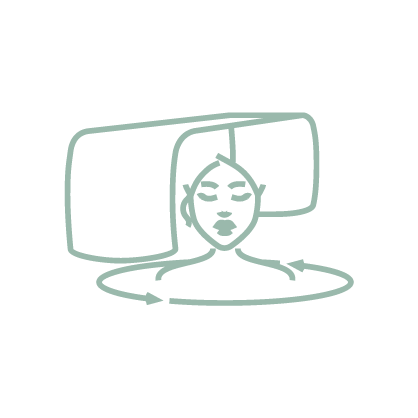What are the temporomandibular joints (TMJ)?
The temporomandibular joints (TMJ) are the 2 joints that connect your lower jaw to your skull. When the lower jaw and the joints are properly seated, chewing, talking, yawning, and swallowing, can take place normally. However, if the structures are not seated in proper position, nor synchronized in movement, several problems may occur, including debilitating jaw pain.
What is temporomandibular disorder (TMD)?
Temporomandibular disorders (TMD) are disorders of the jaw muscles, temporomandibular joints, and the nerves.
What causes TMD?
There are many factors that cause TMD. In many cases, the actual cause of this disorder may not be clear.
- Excessive strain on the jaw joints and the muscle group that controls chewing, swallowing, and speech.
- Trauma to the jaw, the head, or the neck.
- Arthritis and displacement of the jaw joint disks.
- Bruxism(jaw clenching or teeth grinding): It overworks the TMJ, which can lead to a disc in the joint wearing down or move out of place. Sometimes people don’t even realize that they’re clenching or grinding and might even do it during sleep.
- Stress can influence TMJ symptoms by making kids more likely to grind their teeth, clench their jaw, or tighten their jaw muscles.
What are the symptoms of TMD?
TMD has many signs and symptoms. It is often hard to know for sure if you have TMD, because one or all of these symptoms can also be present for other problems. Your dentist can help make a proper diagnosis by taking a complete medical and dental history, conducting a clinical examination, and taking appropriate X-rays.
Some of the most common TMJ signs and symptoms include:
- Jaw pain, discomfort, or soreness (often most prevalent in the morning or late afternoon)
- Headaches
- General facial pain spreading behind the eyes, in the face, shoulder, neck, and/or back.
- Facial pain when chewing or yawning.
- Earaches or ringing in the ears (not caused by an infection of the inner ear canal)
- Clicking or popping of the jaw
- Jaws lock or go out
- Limited mouth motions
- Clenching or grinding of the teeth
- Dizziness
- Sensitivity of the teeth without the presence of an oral health disease
- Numbness or tingling sensation in the fingers
- A change in the way the upper and lower teeth fit together.
The symptoms of TMD may look like other conditions or medical problems. See a dentist or your doctor for a diagnosis.
Diagnosis
The diagnosis of TMJ disorder is based on a medical history and physical examination.
- Medical History and Physical Examination
Your dentist will ask you specifics about your jaw pain or facial pain, such as the severity, location, and quality of your pain, as well as what makes your pain worse or better. Your dentist will also ask about associated symptoms (e.g., lower jaw pain or a headache) and potential triggers (e.g., trauma or a history of teeth grinding).
The purpose of these questions is to not only make the diagnosis of TMJ disorder but to rule out mimicking conditions, such as:
- Dental problems (e.g. caries, abscess, or cracked tooth)
- Giant cell arteritis
- Migraine
- Trigeminal neuralgia
- Salivary stone (sialolithiasis)
- Sinusitis
- During the physical examination, your dentist will look inside your mouth for dental malocclusion, and signs of wear on your teeth from grinding and clenching. He may also measure how far you are able to open your mouth, assess your jaw range of motion, and press on your TMJ/jaw/shoulder/neck muscles for tenderness.
Imaging
Imaging tests, such as an X-ray, computed tomography (CT) scan, or magnetic resonance imaging (MRI), can be helpful in the diagnosis of TMJ disorder, especially if the medical history and physical examination findings are vague or uncertain. Imaging tests can also help sort out conditions that may be causing or exacerbating TMJ pain, such as arthritis.
What is the treatment of TMD?
Treatment may include:
- Pain Management:
- Applying moist heat to the areas causing pain
- Taking anti-inflammatory drugs such as Aspirin or Ibuprofen to reduce pain.
- A Night Guard
- Biofeedback: Stress can worsen the symptom. Relaxation training can help reduce some of your symptoms.
- Orthodontic Intervention: A misaligned bite can cause TMD. Correcting the alignment of your jaw and teeth with orthodontics could ease your pain.
- Full Mouth Restoration: Replacing missing teeth or restore your worn teeth.
- Surgery
- Posture training
If you have been experiencing jaw pain or facial pain, contact Global Dental Complex today for a consultation and treatment.
